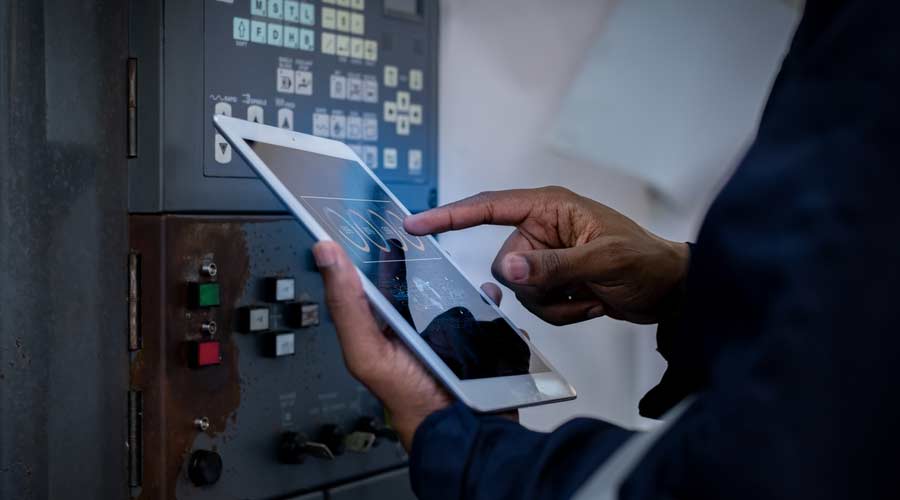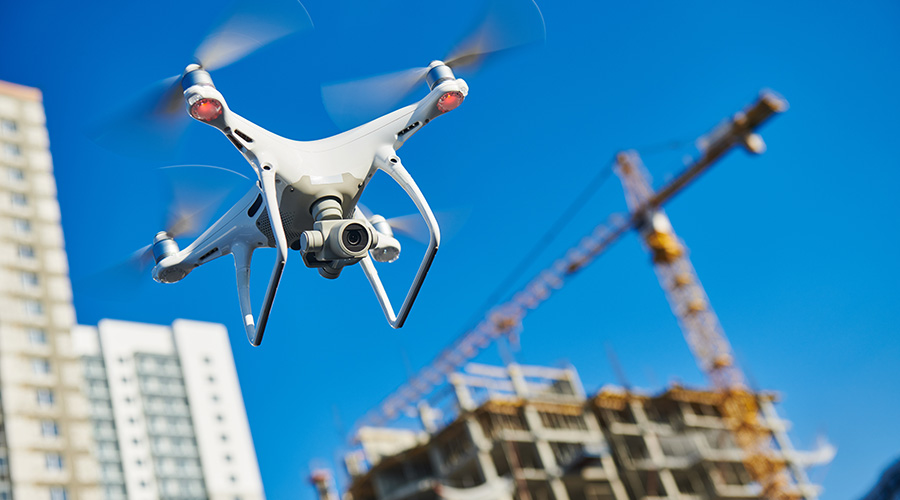Challenges Facing Building IoT Adoption
Part 3 of a 3-part story about the way the Internet of Things is affecting corporate real estate
Possibly most interesting about IoT is that it’s now a “Wild West” environment with everyone creating their version of what a IoT solution (more accurately, protocol) looks like. As a result, there are no real standards, which often results in connectivity issues as well as questionable value for the investment involved.
The IoT communicates through protocols. Two of the most promising protocols for small devices are MQTT and CoAP. Both MQTT and CoAP are open standards and are better suited to constrained environments than HTTP. MQTT is a lightweight messaging protocol for use on top of the TCP/IP protocol. CoAP is a specialized Web transfer protocol for use with constrained nodes and constrained networks in IoT
For the Building IoT to reach its potential, the approach toward design and construction of facilities will have to change. IoT requires close collaboration — not only between IT and facility management but across the entire AEC community — with a detailed understanding of each other’s roles, and possibly development of new skills to improve an aspect of a building.
In the context of making fundamental breakthroughs with the Building IoT, “we still don’t know what we don’t know.” And with the revolution only starting, calculating value is difficult. “Does it cost more to buy leading-edge technology to do what we think has value but is unproven?” It is too early to tell, so “dumb devices” are often installed because they work and often cost less — for example, smart lighting systems cost more than standard ones, and fire extinguishers with smart sensors cost more than just plain extinguishers. Other challenges include:
• In addition to the lack of standards driving a wide-open mentality, confusion on protocols and interoperability still reigns.
• The AEC industry does not have the closeness to function as a cohesive team with the cooperative mentality necessary to deploy an enterprise technology like IoT. Instead, teamwork and new skills must be developed to fully leverage IoT.
• Pinning down anything which is changing and moving as quickly as Building IoT is very difficult. For example, what will be available tomorrow? What is the ROI on developments that are this dynamic?
• Given the additional technology involved with IoT devices, high initial cost should be anticipated. Selling value is generally not easy in a culture where “new” is considered risky.
Two other issues typically loom even larger: security and the data itself. The more that Web-based solutions are implemented, the more a smart building can become vulnerable to security threats. The other key implication is data will become more the asset than the asset itself will. Questions abound, including what to do with the data, where to store it, and its use relative to other data.
The Building Internet of Things is the hot topic today. It is opening doors to a significant set of new opportunities - and challenges – for facility management. But the Building IoT is about much more than connected sensors. It is how that data is responded to and analyzed that drives and enhances business operations.
Phil Wales is CEO of Houston-based eBusiness Strategies.
Related Topics:













